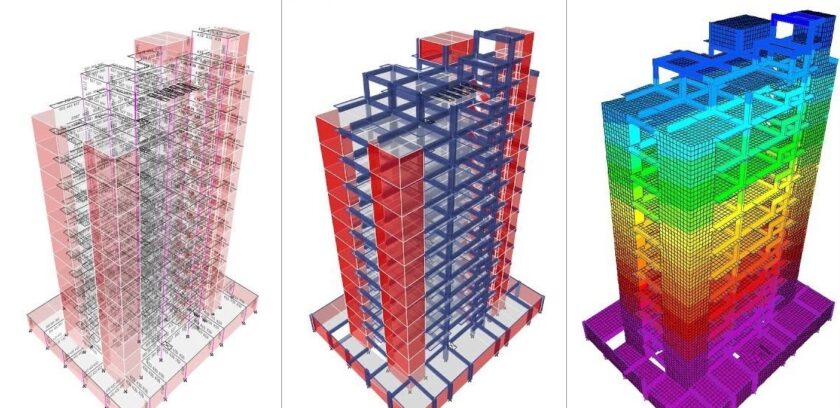
Structural design engineering is like putting together a giant puzzle. Imagine constructing a massive bridge or a skyscraper – you need to make sure it’s strong, safe, and can withstand all sorts of forces. That’s where Finite Element Analysis, or FEA, comes into play. In this article, we’ll break down what FEA is, how it’s used, and why it’s so crucial in structural design.
What is Finite Element Analysis (FEA)?
Okay, let’s keep it simple. FEA is like a super-smart computer program for engineers. It helps them figure out how a building or a bridge will behave when it’s put to the test. Instead of guessing, FEA uses math and computer magic to simulate real-life situations.


How Does FEA Work?
Imagine you have a big picture made up of tiny dots, like pixels on your computer screen. FEA does something similar but with structures. It breaks down a big, complex structure into lots of tiny pieces, or “finite elements.” Each element is like a mini-puzzle piece.
Then, FEA uses math to understand how each piece behaves when forces like weight, wind, or even earthquakes come into play. By adding up all these little pieces, it can predict how the whole structure will react.

Why is FEA So Important?
Safety First: Nobody wants a building that collapses or a bridge that wobbles. FEA helps engineers ensure structures are safe. It lets them test different designs and materials without building anything physically.
Save Time and Money: Constructing real prototypes and testing them can be super expensive and time-consuming. FEA lets engineers do most of the testing on a computer, saving both time and money.
Optimize Designs: Engineers can use FEA to tweak designs until they’re just right. It’s like having a virtual workshop to make things better and more efficient.
Handle Tough Situations: Some structures face extreme conditions, like rockets launching or buildings in earthquake-prone areas. FEA helps engineers plan for these tough situations and make structures that can handle them.
Where is FEA Used?
FEA is a superhero tool for structural design engineers. It’s used in all kinds of projects, from buildings and bridges to planes and cars. Here are some common applications:
Stress Analysis: Ensuring materials can handle the forces they’ll face.
Structural Stability: Checking if a structure can stay standing even under harsh conditions.
Heat Transfer Analysis: Designing systems that control temperature, like air conditioning or car engines.
Vibration Analysis: Making sure structures don’t shake too much.
Conclusion:
In a nutshell, Finite Element Analysis is like a virtual laboratory for structural engineers. It’s their secret weapon to create safe, efficient, and reliable structures without having to build them first. Thanks to FEA, we can enjoy sturdy buildings, safe bridges, and so much more. So, next time you see a skyscraper or cross a bridge, remember that FEA played a vital role in making it safe and sound. It’s engineering magic at its finest!

